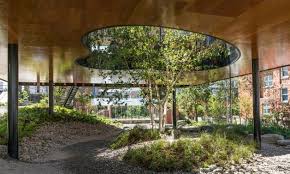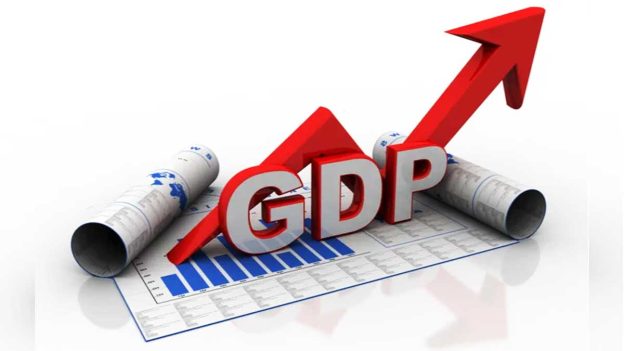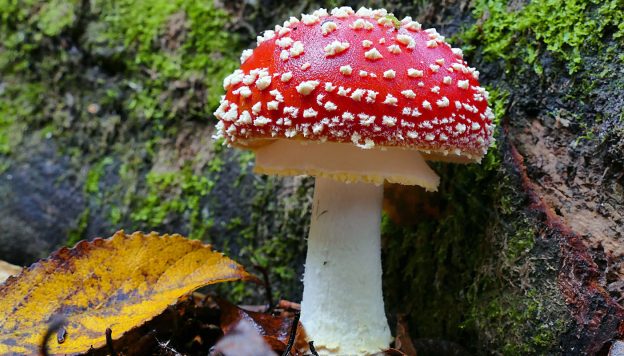About
Edward O. Wilson defines biophilia as “the urge to affiliate with other forms of life.” How is biophilia different from biomimicry? While biomimicry focuses on emulating nature to discover sustainable solutions to design problems, biophilia focuses on improving human health and wellbeing through the incorporation of nature and natural forms and processes into the built environment. Join us as GBRI Senior Research Associate Lilli Fischer explores the topic in-depth.
This course is part of GBRI’s Biophilia series where we look at the applications of biophilic design in the built environment.
What You Will Learn
- Discover the origin of human’s innate connection with nature
- Define Biophilia and understand what Biophilic design is
- Distinguish between Biophilia and Biomimicry
- Understand and analyze Biophilic Design Principles










